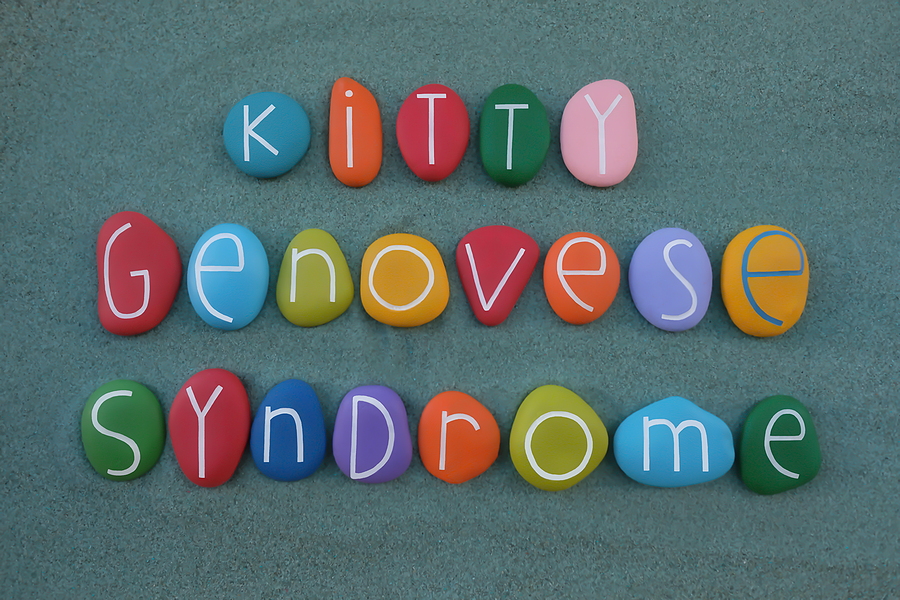It is safe to say we all tend to learn and grow more spiritually from difficulty than from the good times. Both reveal God’s presence in our lives, but our hard heads and hearts seem to need a good bit of humbling before we “get it.” Most people write more powerfully under duress.
A couple months ago, while reading a manuscript of a long-time acquaintance, the tone surprised me a bit. I wondered why it was such a sober, introspective, and deeply moving work. I expected something different. Maybe a bit more positive and uplifting?
I then learned of his substantial personal trials and storms since we last connected. At that point, the manuscript made sense.
Generalities often are not completely accurate, but some of the best writing comes from places of deep pain. Most we never know about. We only know something was well written and leave it at that. Great perspective and even better advice come when our plans fail, life falls apart, and God redeems it all.
The apostle Paul was in prison during much of his letter-writing, which ended up in the biblical canon.
There seem to be two kinds of books in the Christian market, those written from the mountaintop of authority and success and those written from the valley and deep suffering.
Throughout history, much of the world’s great literature came along a difficult road for the author. In many cases, we never knew what was going on behind the scenes. We just loved the book.
The deeper the valley, the more intense the storm, the more unbearable the season of life, the clearer picture you have of God’s heart, whether you fully realize it or not.
Today, the challenge for all Christian writers is to place their personal stories in the right balance with the great insight they gained. Too much “you,” and publishers often reject it. There is no perfect formula. In general, agents and publishers see big red stop signs when there is too much personal story in anything we consider.
I find it interesting that many best-selling, secular nonfiction books come from mountaintop perspectives, from successful people doing what they do best. And the books that contain trials and challenges generally show how the author overcame failure with their own power and personal fortitude and eventually achieved great success, to their great personal credit.
Many Christian books come from stormy perspectives as the authors found themselves with no hope at the end of their ropes. But God had something else in mind. He reached down and rescued them. By God’s grace we were saved.
Yeah, not as interesting as the story of the self-saved person who succeeded because of their own force of will. God’s mercy and grace is always difficult to explain.
Christ-followers know the Redeemer of their stormy stories, the source of their strength and hope, the true hero of their stories, and the One worthy of their worship.
The difference between Christian and secular writing is who gets the credit for victories.











